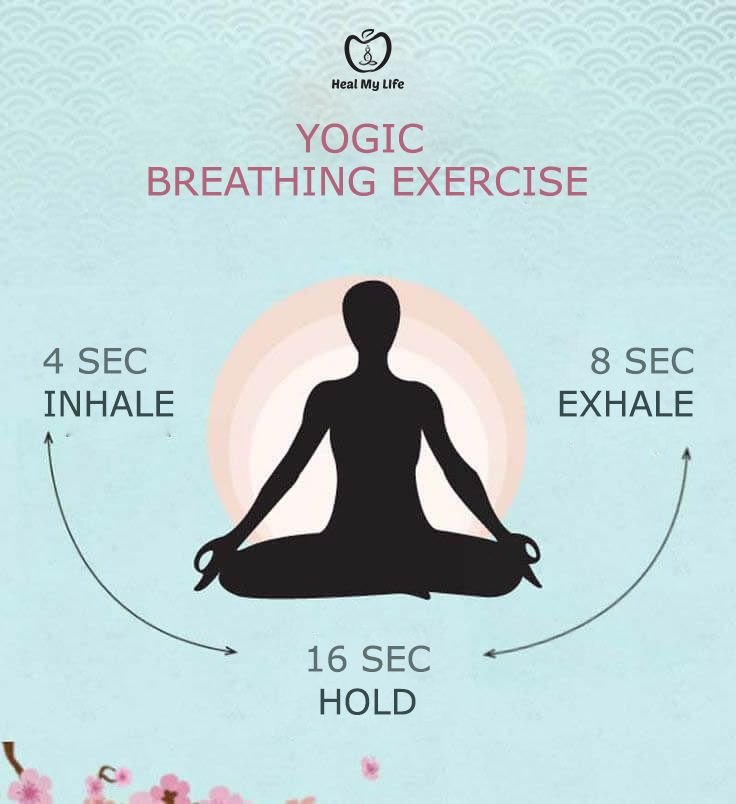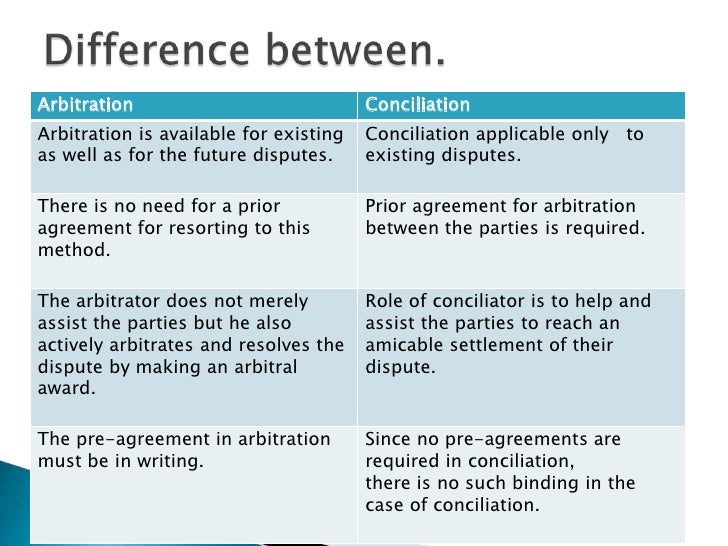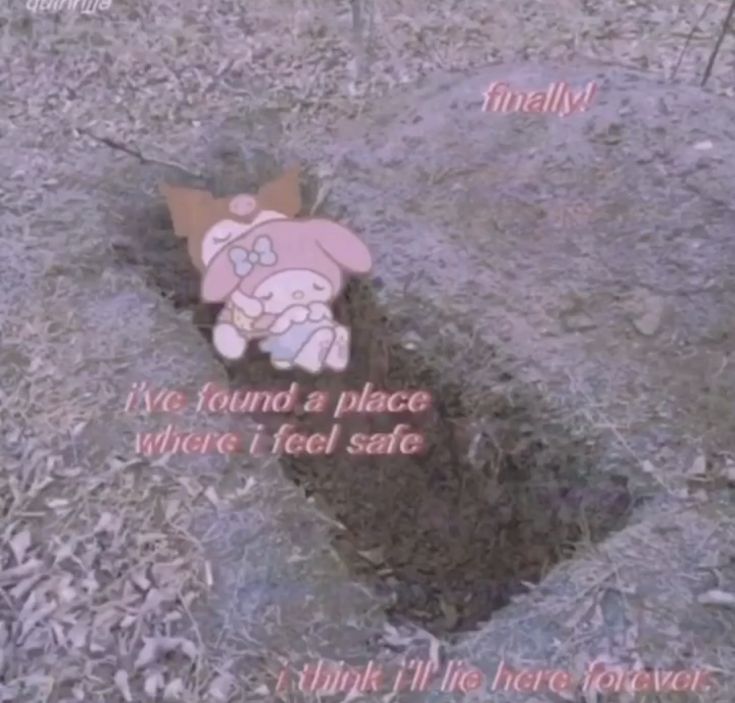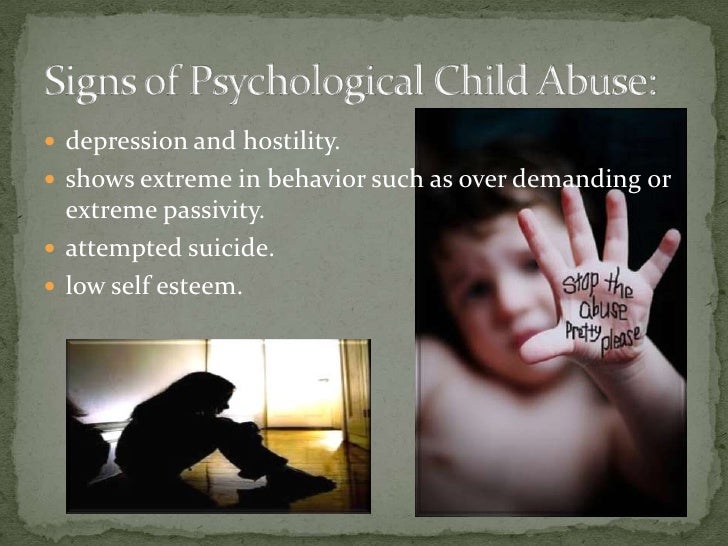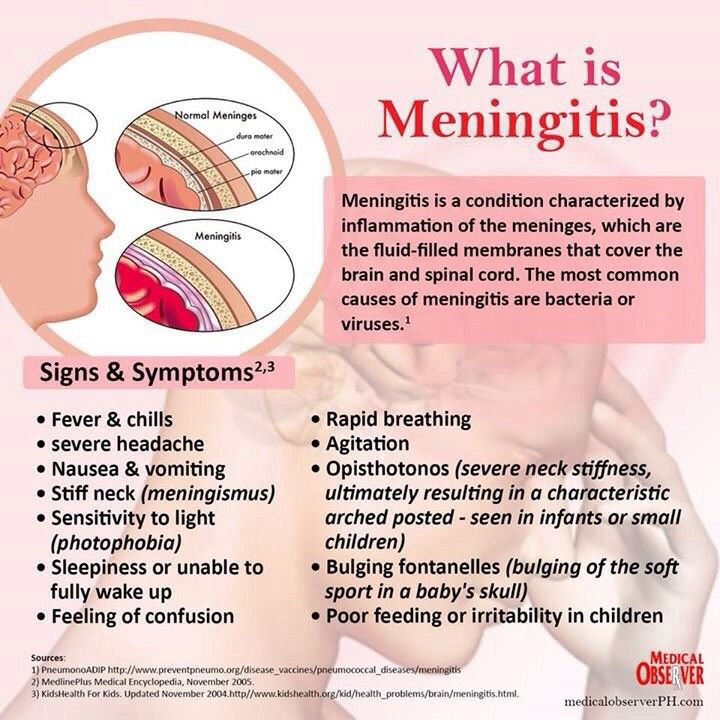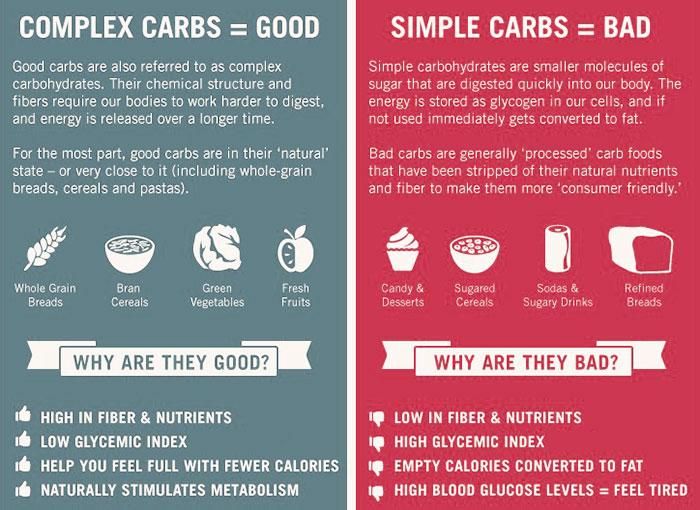Deep breathing script for anxiety
Breathing and Body Relaxation Script for Pain and Anxiety
back
Dec 13, 2017
Studies indicate that up to 50% of individuals diagnosed with chronic pain will also meet the DSM-IV-TR diagnostic criteria for anxiety. This is because many individuals who experience chronic pain describe anxiety and pain distress as a circular fashion: pain contributing to stress, which leads to muscle tension, which leads to more pain. It is important to practice relaxation strategies to cope with anxiety which will release tension in the body. You will find one example of a relaxation script below. In addition, use your mindfulness skills to pay attention to your body’s needs and shift the relaxation script as needed.
Breathing and Body Relaxation Script:
- Begin by resting your body in a comfortable position. You may close your eyes, or if you are more comfortable keeping them open, stare at a fixed focal point in the room. Start grounding your awareness into your body.
Feel your feet firmly meeting the floor, your back supporting you in your chair.
- Once you have physically grounded yourself, slowly bring your attention to your breath. Notice the patterns of your breathing- the inhalation, pause, and exhalation.
- Observe the rise and fall of your belly as you are breathing. If you notice that you are breathing from the chest, work to slow your breathing down, with slower and deeper breaths from your diaphragm. Allow for a few more rotations of this breath, going deeper and deeper into your core.
- The goal of this breathing exercise is target a slower breath, a soothing breath. Perhaps counting allows you to pace your breathing. Try this experience, perhaps starting with intervals of 4 seconds.
- Inhale, 2, 3, 4. Pause, 2, 3, 4. Exhale, 2, 3, 4. Inhale, 2, 3, 4. Pause, 2, 3, 4. Exhale, 2, 3, 4.
- Repeat for a few more rotations.
- It is natural for distractions to pop up in your mind. If you observe a distraction, identify it as just a thought and redirect your attention to your breathing.
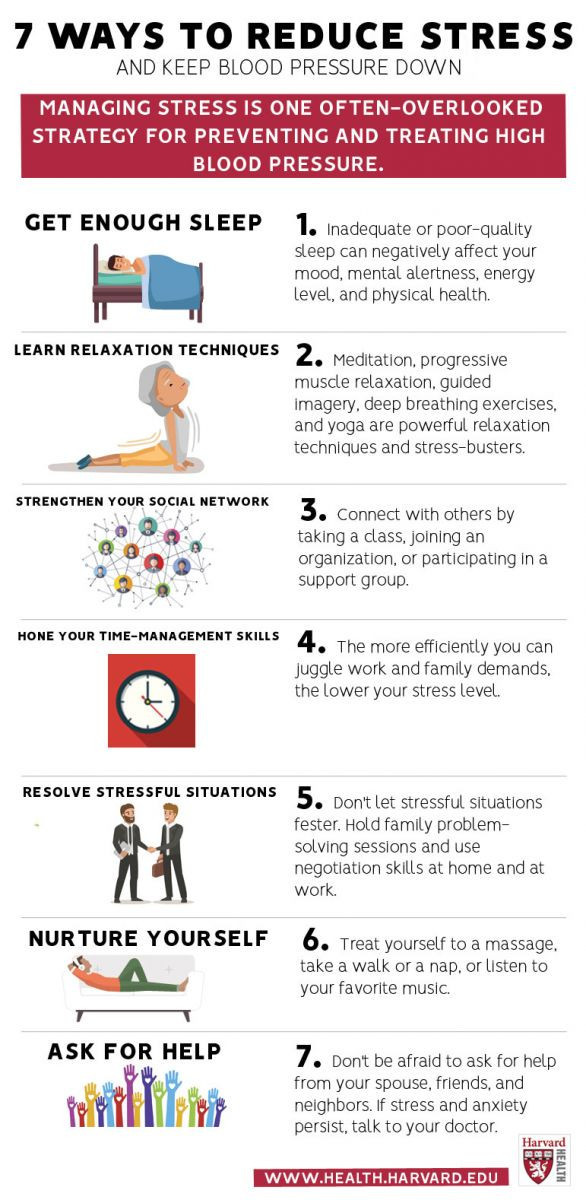
- Inhale, 2, 3, 4. Pause, 2, 3, 4. Exhale, 2, 3, 4.
- Continue this breathing until you have found a natural rhythm of inhalations and exhalations that work for your body today.
- Continuing to move with this rhythm, consider the idea of releasing tension with your exhalation as we expand into meditation with the breath. Feel yourself working to inhale calming energy, and exhaling muscle tension.
- Inhale calm, 2, 3, 4. Pause, 2, 3, 4. Exhale tension, 2, 3, 4. Inhale calm, 2, 3, 4. Pause, 2, 3, 4. Exhale tension, 2, 3, 4. Imagine your body slowly releasing all of the built up tension.
- As you work through your muscle groups, observe the experience of feeling lighter in your muscles are you work to cleanse your body of the tension.
- Inhale calm, 2, 3, 4. Pause, 2, 3, 4. Exhale tension, 2, 3, 4.
- Continue this process for as long as you find meaningful for you. When you are ready, you may begin the process of orienting yourself back to your surroundings.
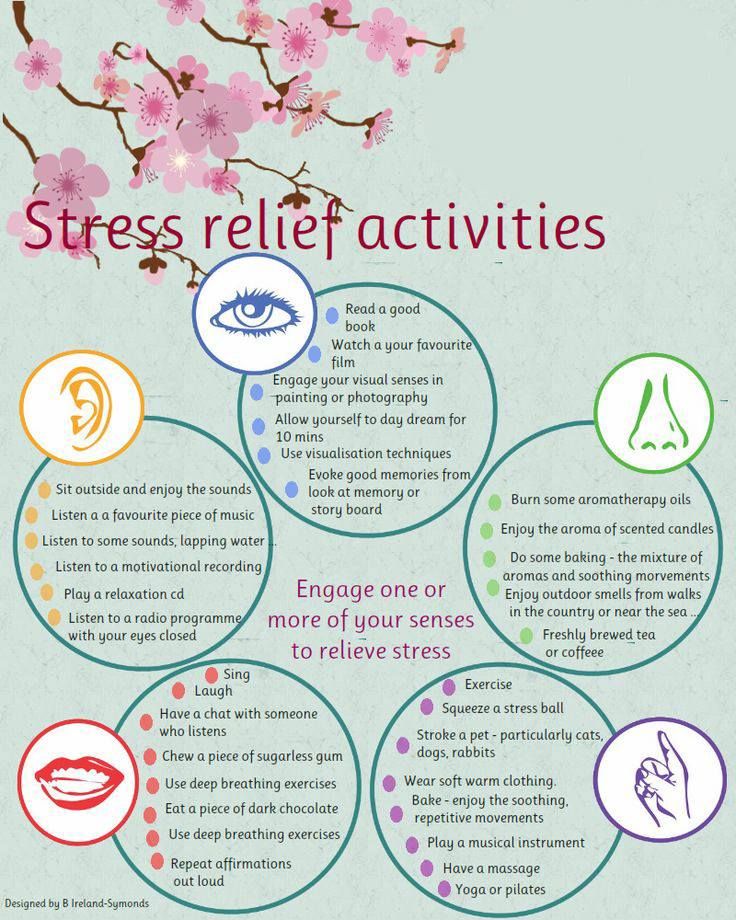 Feel your back against the chair, your legs against the chair, your feet resting on the ground. When you are ready, you may start to shift your body and prepare to move on to the next part of your day. Remember that you can return to this place, to ground yourself and release tension in your body, at any time you choose.
Feel your back against the chair, your legs against the chair, your feet resting on the ground. When you are ready, you may start to shift your body and prepare to move on to the next part of your day. Remember that you can return to this place, to ground yourself and release tension in your body, at any time you choose.
What is Mindful Breathing? Exercises, Scripts and Videos
Setting aside a few minutes for mindful breathing can make a big difference to your day.
Mindful breathing is an important way to establish a routine and become comfortable with the practice.
What’s important is practice. It’s a tool you can use to bring yourself back to the present moment in stressful situations, and who wouldn’t appreciate having such a valuable tool on hand for those times when you need it?
Learning mindful breathing is straightforward, and it’s as easy as your next breath.
Before you read on, we thought you might like to download these three Mindfulness Exercises for free. Our science-based, comprehensive exercises will not only help you cultivate a sense of inner peace throughout your daily life, but also give you the tools to enhance the mindfulness of your clients, students, or employees.
Our science-based, comprehensive exercises will not only help you cultivate a sense of inner peace throughout your daily life, but also give you the tools to enhance the mindfulness of your clients, students, or employees.
This Article Contains:
- What Is Mindful Breathing?
- Relationship Between Mindfulness and Breathing
- A Look at Mindful Breathing Meditation
- Mindful Breathing Exercises
- 9 Useful Scripts and Guides
- 5 Best YouTube Videos
- Exercises and Activities for Students
- A Take-Home Message
- References
What Is Mindful Breathing?
Mindful breathing is a simple practice available to all. Regularly engaging in it can provide benefits such as a reduction in stress, increased calm and clarity, as well as the promotion of happiness (Catherine, 2010; Kar, Shian-Ling, & Chong, 2014).
Closely tied to deep breathing exercises, mindful breathing takes it a step further and links the benefits of deep breathing with the process and techniques of mindfulness.
Relationship Between Mindfulness and Breathing
Coupling mindfulness and breathing techniques involves cultivating awareness of your experience in the present moment, living each moment as fully as possible.
From a practical point of view, you may ask how this works.
The breath is the life force. Breathing gives us life; as we inhale, it brings oxygen to cells; when we exhale, we release waste products in the form of carbon dioxide. Different types of breathing affect our body differently; for example, rhythmic breathing balances the nervous system.
A Look at Mindful Breathing Meditation
This form of meditation is often coupled with other types of therapy such as Cognitive-Behavioral Therapy, Dialectical Behavior Therapy, and Acceptance and Commitment Therapy.
Practicing mindful breathing is gently focusing attention on the breath. You begin noticing the breath coming in and going out. You are not trying to change your breathing in any way, and because of this, there are no expectations; you are merely aware of the breath from moment to moment.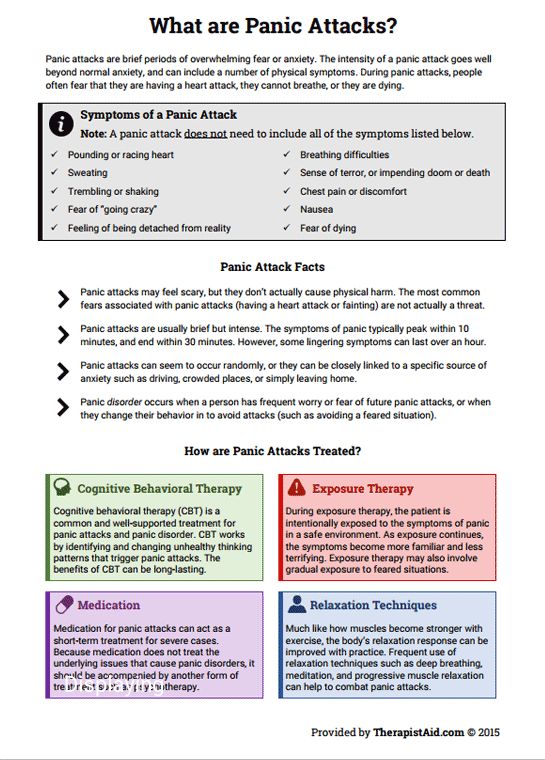
This form of meditation practice involves paying close attention to the present moment – especially our thoughts, sensations, and emotions – whatever it is that’s happening.
Mindful breathing can give you a greater sense of control; increased self-awareness; a greater sense of calm, peace, and happiness; and greater resilience in stressful times (Catherine, 2010; Joyce, Shand, Bryant, Lal, & Harvey, 2018; Vago & Silbersweig, 2012).
Providing pain relief
Alongside mindful breathing, Zeidan and Vago (2016) found that mindfulness meditation could be effective in reducing the level of pain intensity. It should be further researched as an alternative to opioids in people with chronic pain conditions like fibromyalgia, migraines, and lower back pain.
The Smith Center for Healing and the Arts (n.d.), which provides cancer support, recommends mindful breathing for clients who are undergoing treatments at their facility. Their clients find that the benefits of mindful breathing meditation can reduce symptoms, as it relieves pain and has fewer side effects than chemotherapy, including less nausea, fatigue, anxiety, and increased immune system functioning.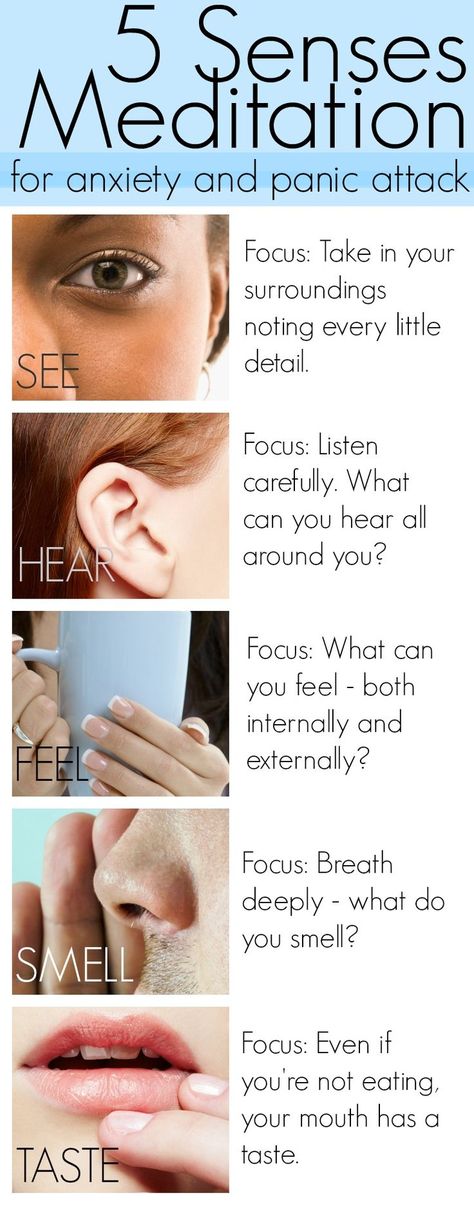
You don’t have to be undergoing treatment to access the benefits of this form of meditation.
Reduction of anxiety
Mindful breathing activates the parasympathetic nervous system, which is your body’s “rest and digest” system. When the parasympathetic nervous system is activated, your heart rate and blood pressure lowers, which can help reduce anxiety in the process (Vago & Silbersweig, 2012).
Burnout is something we know all too well, and it’s common for adults to feel burnt out from their jobs. Mindful breathing can reduce burnout, cynicism, emotional exhaustion, and anxiety (Roy, Druker, Hoge, & Brewer, 2020).
Decrease in negative thinking
Practicing mindful breathing can decrease negative automatic thoughts, which can be common in people with depression. Mindful breathing can make way for a better mood (Feldman, Greeson, & Senville, 2010).
Roy and colleagues (2020) found a rapid increase in the number of interactive mindfulness apps designed for health and wellbeing.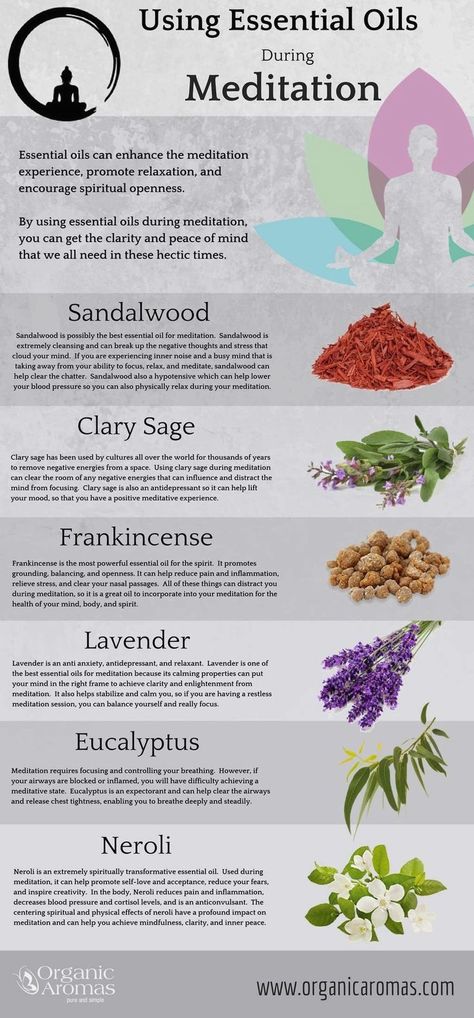 In contrast, little research has been published on developing frameworks for the design and evaluation of digital mindfulness technologies. The researchers found that many existing digital mindfulness applications are purely software based.
In contrast, little research has been published on developing frameworks for the design and evaluation of digital mindfulness technologies. The researchers found that many existing digital mindfulness applications are purely software based.
Zhu, Hedman, Feng, Li, and Osika (2017) tested a physical-digital mindfulness prototype that included the use of vapor and light. Results of the first phase showed that 22 of 25 participants (88%) claimed vapor and light could be effective ways of promoting mindful breathing and that the use of vapor could potentially support mindful breathing better than light (especially for beginners).
The researchers concluded that the use of stress reduction tools should be customized and that the design work of mindfulness technology for stress reduction is a complex process.
Mindful Breathing Exercises
Using breathing techniques is an excellent way to control when you feel anxious or stressed.
You can practice mindful breathing first thing in the morning when you wake up to relieve muscle stiffness and back tension, or clear clogged breathing passages.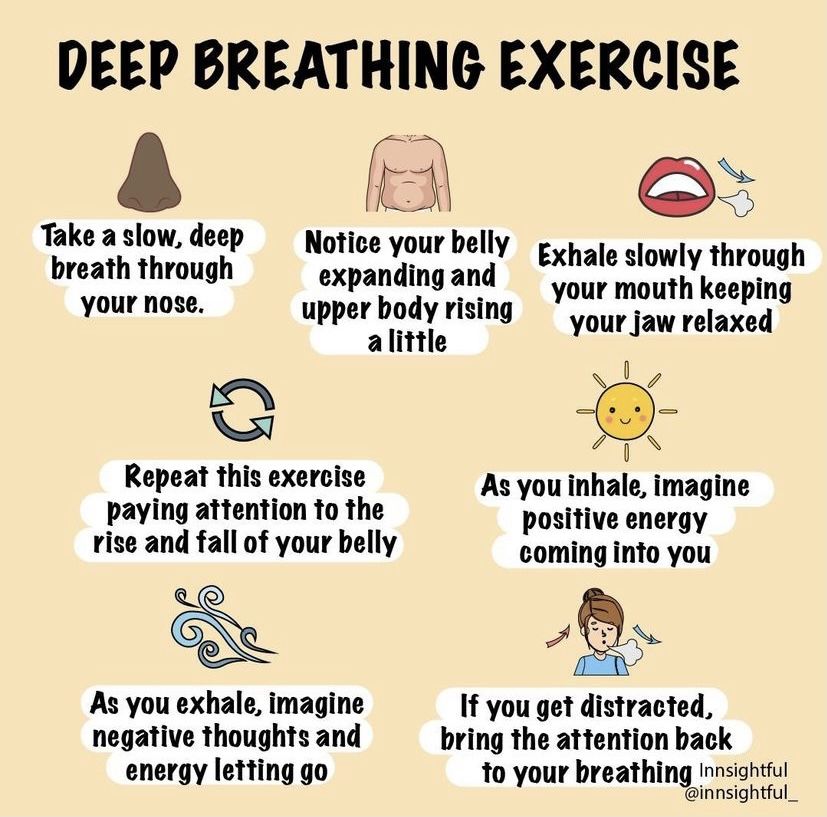
Here’s a simple way to achieve this: From a standing position, bend forward from the waist with your knees slightly bent, letting your arms dangle close to the floor. As you inhale slowly and deeply, return to a standing position by rolling up slowing, lifting your head last. You then hold your breath for just a few seconds in this standing position. Exhale slowly as you return to the original position, bending forward from the waist. Notice how you feel at the end of the exercise.
Another exercise you could try is Three Steps to Deep Breathing. This worksheet explains abdominal, thoracic and clavicular breathing.
The University of Michigan has examples of several other breathing techniques.
You can also check out our post with 22 Mindfulness Exercises, Techniques, and Activities to further your learning.
Download 3 Free Mindfulness Tools Pack (PDF)
By filling out your name and email address below.
9 Useful Scripts and Guides
There are many scripts available with articles giving online training. Here are eight useful scripts and guides to deepen your understanding.
Here are eight useful scripts and guides to deepen your understanding.
1. A Mindful Breathing Training Exercise
Written for Whole Health for those experiencing pain, this script gives informative instructions and explains what happens during the mindful breathing process.
2. Beginner’s Breathing Meditation: Free Relaxation Script
This free relaxation script gives guidance on how to relax by focusing on your breathing. It recommends keeping sessions brief to maintain concentration when first starting.
3. Mindful Breathing Meditation
This meditation is adapted from Thich Nhat Hanh’s A Short Teaching on Mindfulness Breathing and recommends daily practice for 5–10 minutes at regular times as well as throughout the day in stressful situations and emergencies.
This meditation tool suggests placing the word “breathe” in prominent areas (e.g., mirrors, kitchen cabinet, the dashboard of your car) to remind you to breathe mindfully and deeply throughout your day.
4. Mindful Breathing – A way to build resilience to stress, anxiety, and anger
This meditation from UCLA MARC’s website encourages you to listen while in a comfortable position sitting in a chair or on the floor.
5. Triangle Breathing
This short exercise is the ideal way to include mindfulness in your busy day. Although it is a very simple script, it is easy to learn and practice at any time.
6. Anchor Breathing
Anchor Breathing is a guided meditation script that teaches you how to use breathing as a way to anchor your thoughts in the present.
7. Mindful Breathing
The primary goal of this meditation is to describe mindful breathing as merely a calm, non-judging awareness, allowing thoughts and feelings to come and go without getting caught up in them.
8. The Mindfulness of Breathing: Short Lead-through by Kamalashila
This script is a 20-minute lead-through of the traditional meditation known as ‘The Mindfulness of Breathing. ’ Taught by Kamalashila for the last 20 years, this is one of the bases of any Buddhist practice – an essential complement to the Metta Bhavana (development of lovingkindness). Other meditations are also featured on the site.
’ Taught by Kamalashila for the last 20 years, this is one of the bases of any Buddhist practice – an essential complement to the Metta Bhavana (development of lovingkindness). Other meditations are also featured on the site.
9. Breath Awareness
Breath Awareness is a six-step guide teaching participants how to become aware of their breath.
5 Best YouTube Videos
As you learn more about this effective form of mindfulness, you may prefer to listen to guided meditations. Here are five of the best YouTube videos about mindful breathing:
1. Mindful Breathing Exercise
2. Kids Meditation – Square Breathing
3. Mindful Breathing | Mindfulness Meditation
4. Relax and Breathe: Do Nothing for 10 Minutes
5.
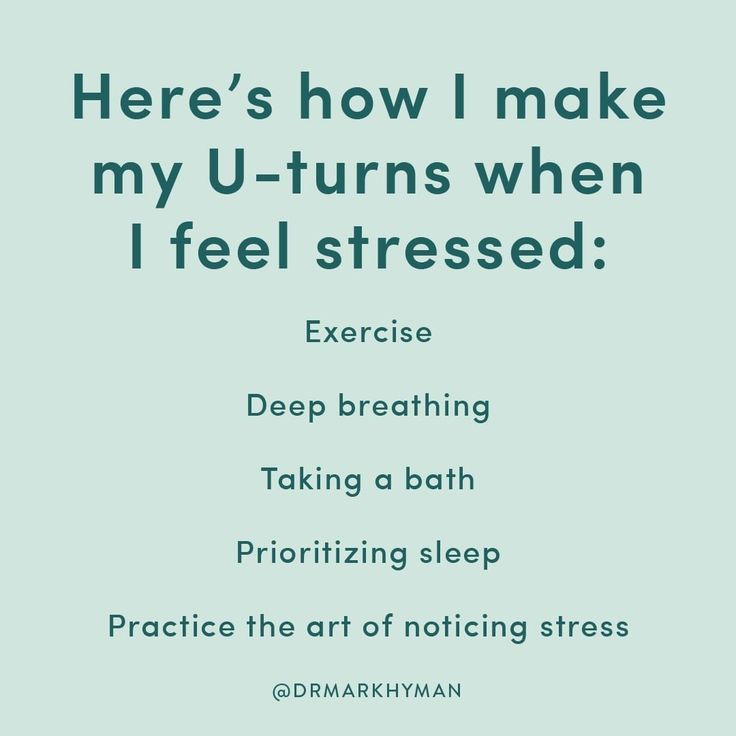 3 Minutes Peaceful Breaths: Mindful Breathing for Anxiety in Kids | Calmer Classrooms
3 Minutes Peaceful Breaths: Mindful Breathing for Anxiety in Kids | Calmer ClassroomsExercises and Activities for Students
PositivePsychology.com has 25 fun mindfulness activities for children and teens, with mindful breathing being a staple of practicing mindfulness.
Mindful Breathing Activity for Kids by teachstarter encourages children to follow the lines in time with the breath.
Pooky Knightsmith Mental Health demonstrates how to do five-finger breathing.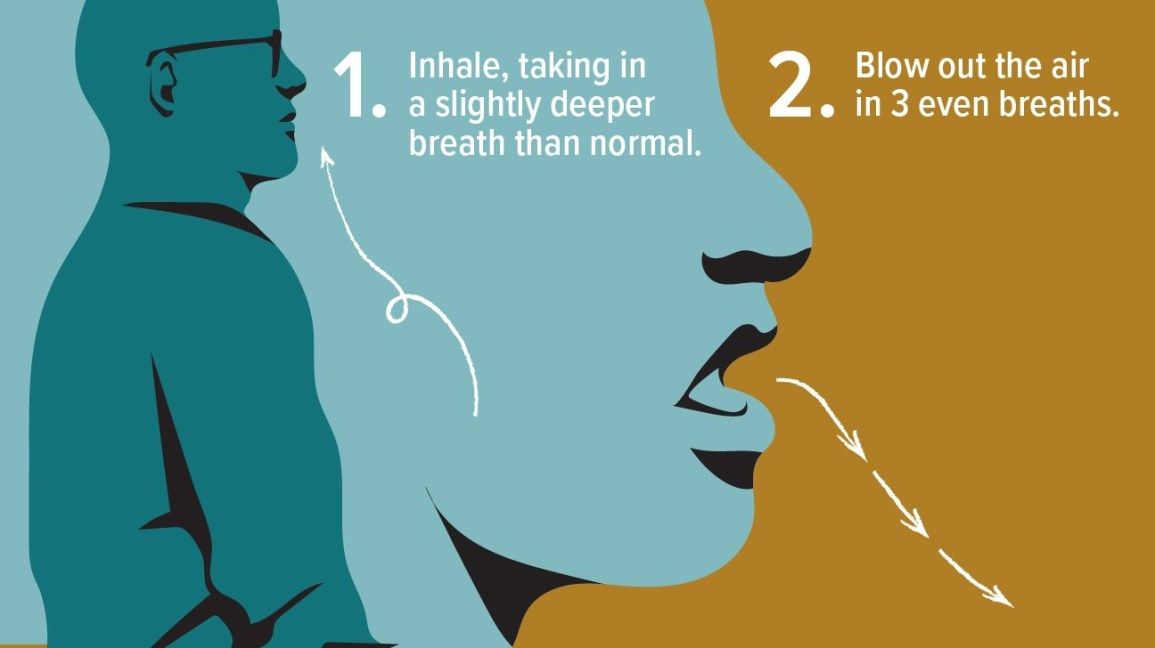
Cosmic Kids has a Kids Meditation cartoon with scenery of a fish pond.
The Happiness India Project (Sandip Roy) incorporated these 7 Mindfulness Steps to Start Practicing with their easy guide.
All you have to do is find a comfortable and quiet place, set the timer on your phone for five minutes, and follow these steps:
Step 1 – Take a deep breath and relax, with your eyes open or closed.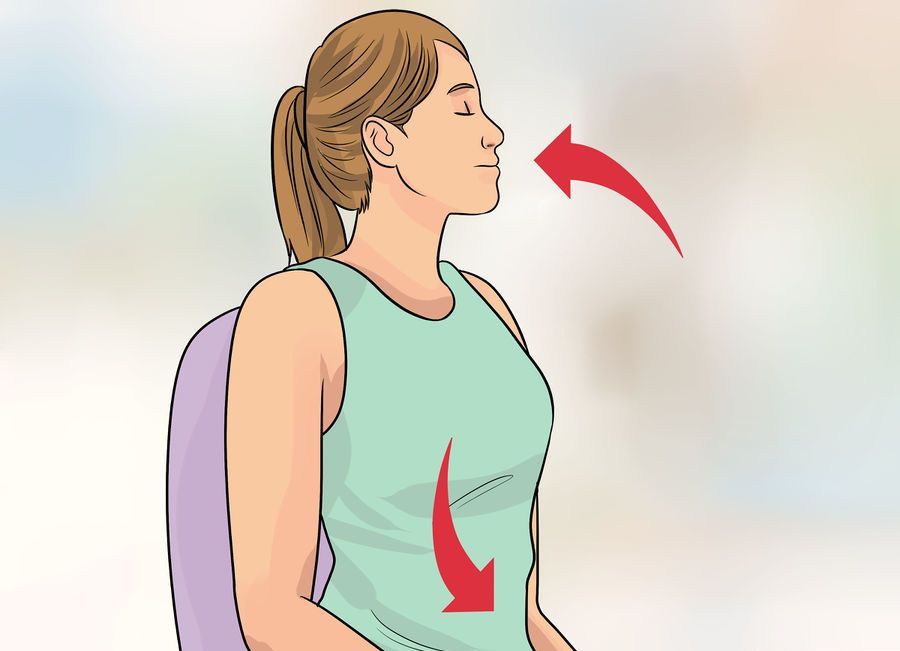
Step 2 – Close your eyes and drop all your concerns now, like setting down a heavy bag.
Step 3 – Now focus on your breath. Bring your full awareness to the sensation of your breathing.
Step 4 – Start counting your breaths softly — count from one to ten, and then start over.
Step 5 – Get more and more absorbed in your breathing.
Step 6 – Now, bring your attention to the presence of the thoughts that are moving through your mind. Take notice of them, then gently bring your focus back to your breath. This is the most critical step of practicing mindfulness meditation.
Step 7 – Feel a growing sense of peacefulness within as you keep settling into the breath with more focus. You may bring the meditation to an end by opening your eyes, stretching out your hands, and getting up.
A Take-Home Message
Mindfulness breathing may incorporate different components such as time and visual cues, but all information is based on the same basic method.
After practicing these techniques, you should be able to notice positive benefits that will enhance your life.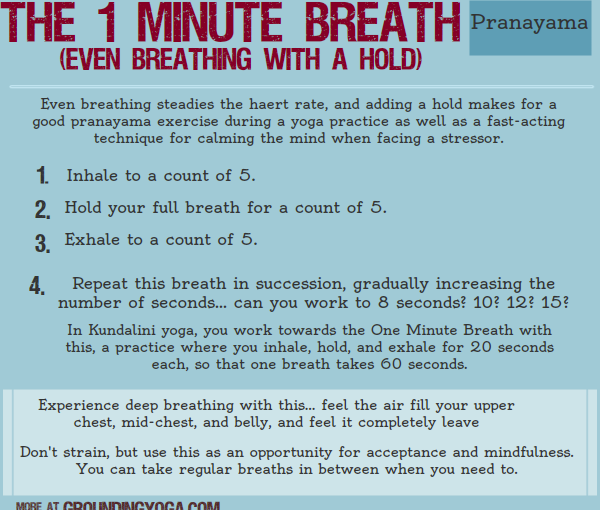
The benefits are too good to pass up, and setting aside only five minutes of your day learning how to control your breathing will help you feel relaxed and calmer, which is an asset not just to yourself but to those around you.
The overwhelming rewards from doing these exercises will benefit you physically and mentally. Holistically, you will feel different, more relaxed, happy, and calm. Remember, there is no right or wrong when doing this; it’s just breathing!
Thanks for reading, and good luck on your journey toward becoming happier, healthier, and more peaceful.
We hope you enjoyed reading this article. Don’t forget to download our three Mindfulness Exercises for free.
- Catherine, S. (2010). Focused and fearless: A meditator’s guide to states of deep joy, calm, and clarity. Accessible Publishing Systems.
- Feldman, G., Greeson, J., & Senville, J. (2010). Differential effects of mindful breathing, progressive muscle relaxation, and loving-kindness meditation on decentering and negative reactions to repetitive thoughts.
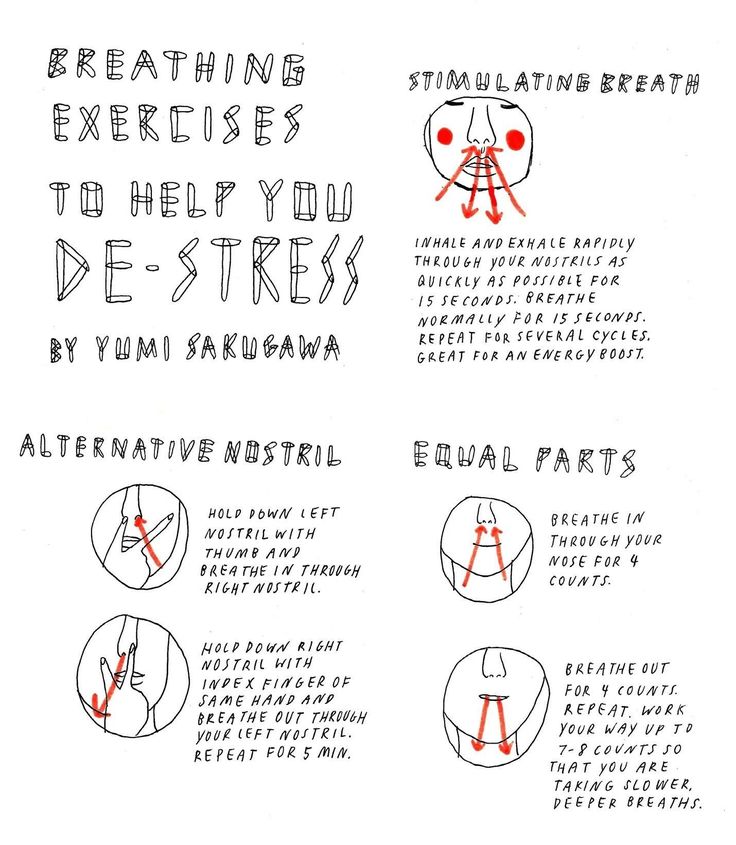 Behaviour Research and Therapy, 48(10), 1002-1011.
Behaviour Research and Therapy, 48(10), 1002-1011. - Joyce, S., Shand, F., Bryant, R. A., Lal, T. J., & Harvey, S. B. (2018). Mindfulness-based resilience training in the workplace: Pilot study of the internet-based Resilience@ Work (RAW) mindfulness program. Journal of Medical Internet Research, 20(9).
- Kar, P. C., Shian-Ling, K., & Chong, C. K. (2014). Mindful-STOP: Mindfulness made easy for stress reduction in medical students. Education in Medicine Journal, 6(2), 48-56.
- Roy A., Druker, S., Hoge, E. A., & Brewer, J. A. (2020). Physician anxiety and burnout: Symptom correlates and a prospective pilot study of app-delivered mindfulness training. JMIR Mhealth and Uhealth, 8(4), 1-10.
- Smith Center for Healing and the Arts. (n.d.). Practice #2: Mindful breathing meditation. Retrieved from https://smithcenter.org/wp-content/uploads/files/downloads/mindful-breathing-meditation.
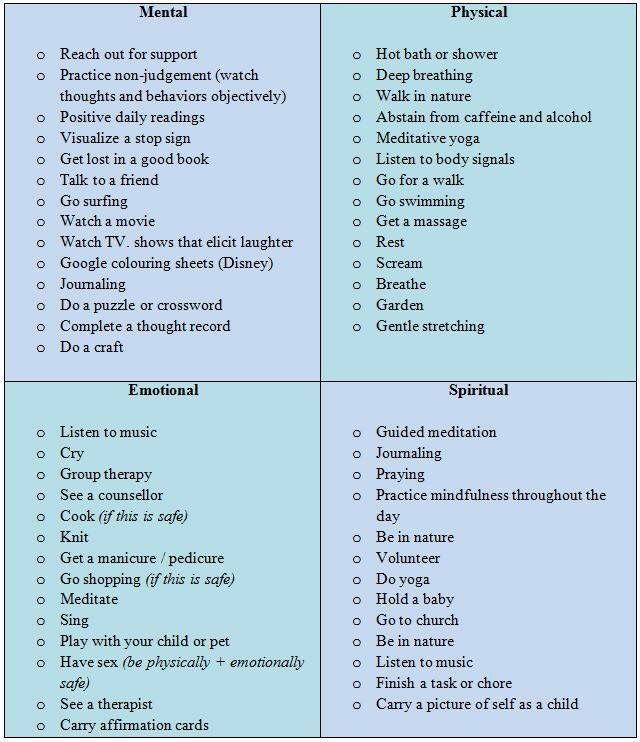 pdf
pdf - Vago, D. R., & Silbersweig, D. A. (2012). Self-awareness, self-regulation, and self-transcendence (S-ART): A framework for understanding the neurobiological mechanisms of mindfulness. Frontiers in Human Neuroscience, 6.
- Zeidan, F., & Vago, D. (2016). Mindfulness meditation-based pain relief: A mechanistic account. Annals of the New York Academy of Sciences, 1373(1), 114-127.
- Zhu, B., Hedman, A., Feng, S., Li, H., & Osika, W. (2017). Designing, prototyping, and evaluating digital mindfulness applications: A case study of mindful breathing for stress reduction. Journal of Medical Internet Research, 19(6).
How to reduce anxiety
The reasons for anxiety can be the fast pace of life, worries about the future, endless notifications in instant messengers. Anxiety over insignificant things leads to mental disorders. Therefore, it is necessary to recognize these states and learn to manage them independently.
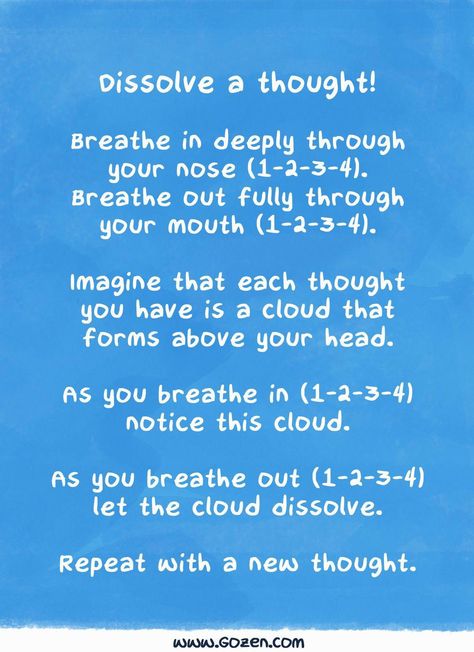 T&P tells what can be the cause of anxiety and how to get out of it.
T&P tells what can be the cause of anxiety and how to get out of it. Why do we worry?
In order to get out of an uncomfortable state, you must first understand how it is characterized, what is happening to a person at this moment and what are its causes. This is not about a certain emotion, such as the excitement that occurs before a speech or an important conversation, but about a state. You cannot get out of it in two minutes by taking a deep breath and exhaling. It needs to be worked out on a psychological level. Most often, anxiety is associated with cognitive attitudes that we create ourselves.
Anxiety is an active, agitated state, unlike depression, during which there is no counteraction to stress allows a person to react and adapt in a dangerous situation. American psychologist Charles Spielberger identifies two forms of anxiety: as a state and as a property. In the first case, this is a temporary reaction to external circumstances, in the second - a character trait, a person constantly reacts sharply even to minor interference.
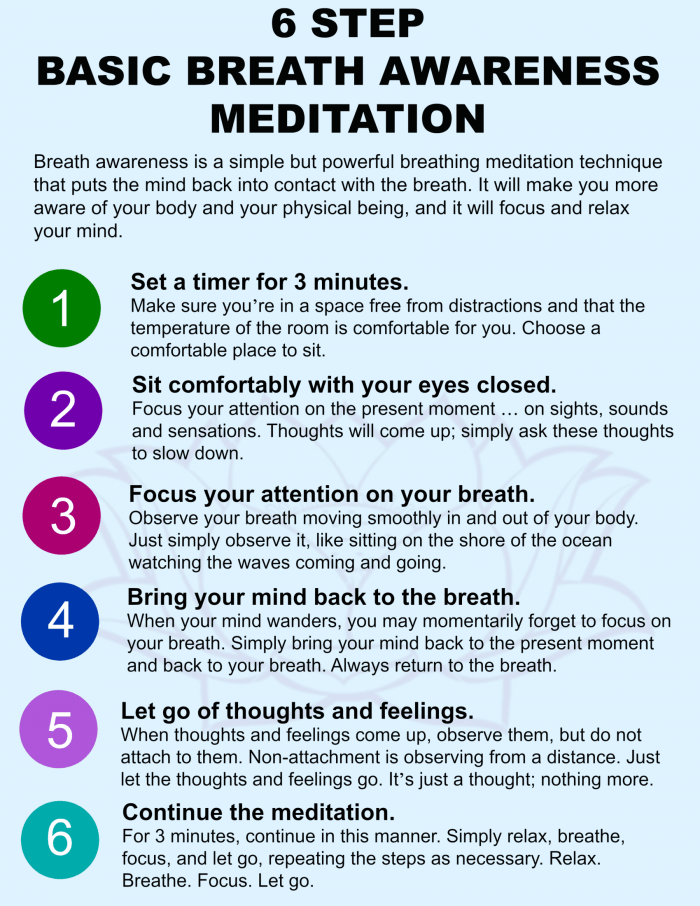
Russian psychologist Evgeny Ilyin in his book "Psychophysiology of human states" defines anxiety as a prediction of failures in a state of uncertainty. Most often, the cause of this state is the experience and thinking of negative scenarios for the future. However, this can be used for good and not just worry about failure, but think over and draw up a plan of action that you will take in this case.
It's normal to feel anxious about moving to a new place, starting a new job, or taking a test. This type of anxiety can motivate you to work harder. Ordinary anxiety is a feeling that comes and goes but does not interfere with your daily life.
If you have an anxiety disorder, fear can be with you all the time. This type of anxiety can make you stop doing what you enjoy. In extreme cases, it can prevent you from getting on an elevator, crossing a street, or even leaving your home.
Anxiety disorders are the most common form of emotional disorder and can affect anyone at any age.
According to the American Psychiatric Association, women are more likely than men to suffer from anxiety disorders.
Clinical psychologist Michael Tomek
Treatment of generalized anxiety disorder requires psychotherapy and medication. GAD may be accompanied by depression. If you notice for several months frequent excessive anxiety over minor things that is beyond your control and causes a physical reaction (for example, rapid heartbeat, spasms, muscle cramps), you should contact a specialist. Temporary anxiety can be dealt with on your own.
How to reduce anxiety in everyday life
Look for the cause of anxiety
Anxiety cannot be ignored, says psychologist Michael Tomek. Most often, the reason is thoughts about the future. If you have presented a negative scenario, consider how you will act in such a situation, which will help you solve this problem. So you will understand that you will be able to cope with possible difficulties, and therefore there is no cause for concern.
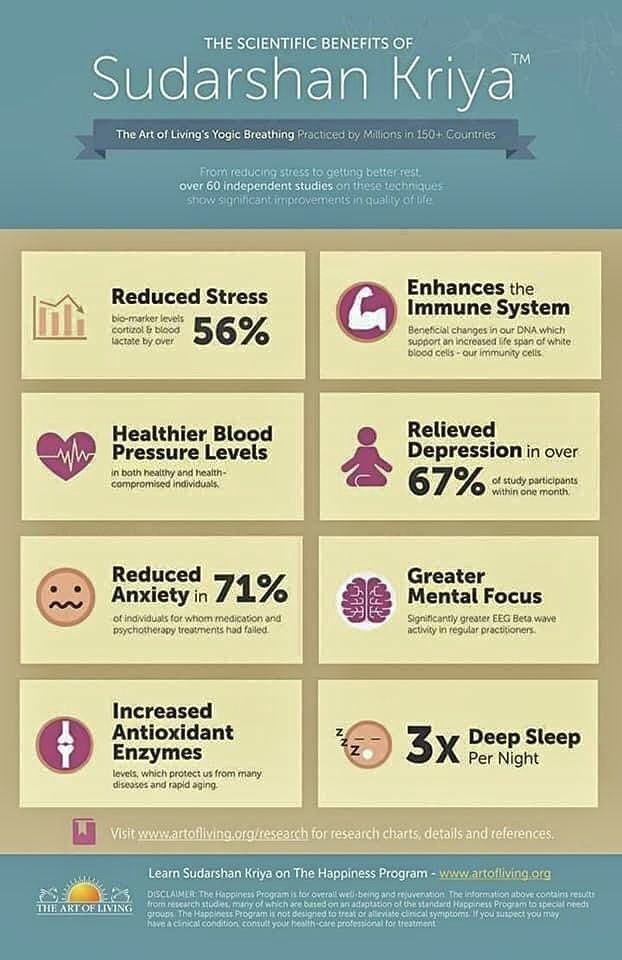
According to Stoic philosophy, all phenomena in the world are divided into controlled and not subject to man. The Stoics are sure that worrying about something that does not depend on us is pointless and it is better to direct all our efforts and attention to things that we control. “Of the things that exist, some are in our power, others are not. In our power is opinion, aspiration, desire, evasion - in a word, everything that is ours, ”says Epictetus in the book A Brief Guide to the Moral Life”
Focus on the body
The Anxiety and Depression Association of America (ADAA) claims that exercise helps a person reduce anxiety. During sports, you are focused on your physical condition and all resources are directed to maintaining it. A single workout can help relieve symptoms for a few hours, and regular exercise can significantly reduce them over time.
Reduce the number of alerts
Frequent use of gadgets can be one of the anxiety factors. You're stressed out if you keep getting alerts on your phone.
Leave only the most important - the rest of the chats, news resources can simply be checked periodically.
Solve math problems and get creative
If your anxiety keeps you from doing your normal activities, challenge your brain. It can be exercises in physics, mathematics or a game of chess. You can count backwards in your mind, add and multiply random numbers.
If you are less interested in math problems, take up painting or playing music. The main thing is to shift attention to solving a specific problem and direct all other resources to it.
Watch your breath
Stanford University scientists have found a connection between breathing and our emotional state: the shallower we breathe, the higher the level of anxiety and worry. Therefore, deep breathing practices must be performed periodically.
Simple breathing exercises:
Inhale and exhale deeply in 4 counts for 2 minutes. Engage in diaphragmatic breathing, which activates the entire body.
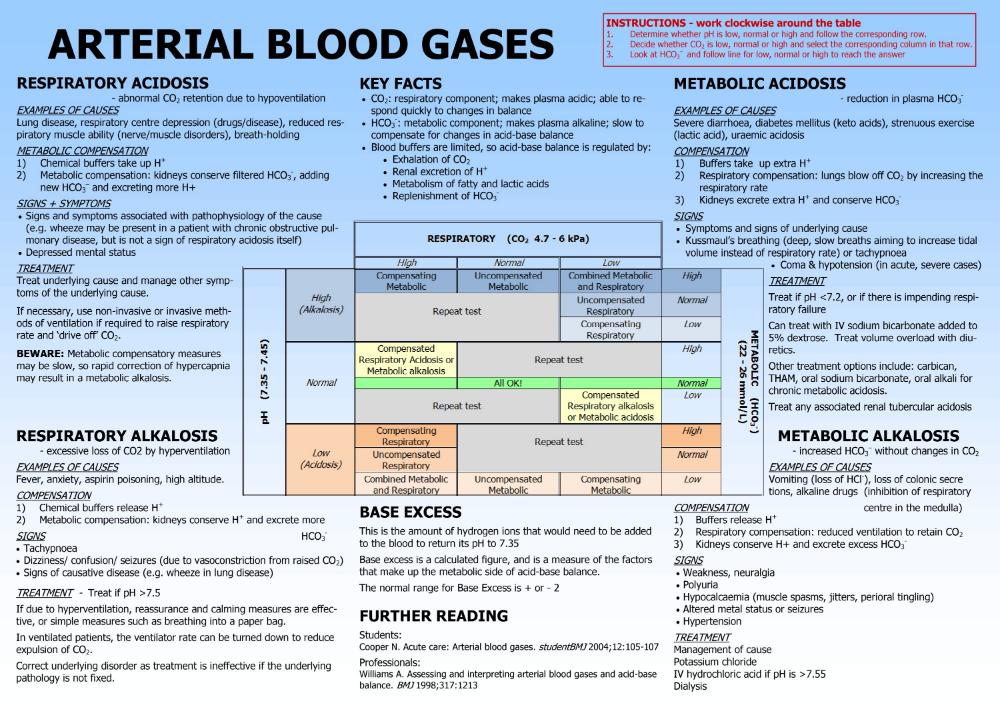
Inhale for 4 counts, hold your breath for 8, and exhale through your mouth for 16.
Close the right nostril and inhale through the left, close both nostrils and hold the breath. Exhale through the right nostril.
Record your feelings in writing
Describe how you feel and explain the reason for your anxiety. After re-reading this entry in a few hours, you will look at the situation from the other side, as if this is not happening to you. In this state, you may come up with new ideas and ways to solve problems.
Allow yourself to rest
Anxiety can arise from constant rushing and thinking that you are not doing anything. A busy work schedule and multitasking can increase your anxiety levels. Accordingly, it is necessary to allow yourself to rest, and take short breaks during the working day. This way you can also strike a balance between work and personal life.
Evgeny Ilyin
Publishing house Peter, 2008
Lyubov Karas
Tags
#Instruction
#Psychological stress
#Psychology
#anxiety
#anxiety 9,0007
375 561
How to reduce anxiety and to core with Pranica! , St.
How to reduce anxiety and cope with panic! , St. Petersburg ID-CLINICPetersburg ID-CLINIC
Medical appointments
- Syphilidologist
- INFECTIONIST
- Dermatologist
- Therapist
- Cardiologist
- Oncologist
- Endocrinologist
- Neurologist
- Medical certificates
- Ultrasound diagnostics - ultrasound
- Functional diagnostics
- Urologist
- Venereologist
- Parasitologist
- Mammologist
- All services
Diagnosis
- Gynecology
- Dermatovenereology
- Cardiology
- Neurology
- Oncology
- Therapy
- Urology
- Endocrinology
- Infectology
Treatment
- A
- B
- B
- D
- D
- E
- Yo
- F
- Z
- and
- Y
- K
- L
- M
- H
- O
- P
- R
- C
- T
- W
- F
- X
- C
- H
- W
- W
- E
- Yu
- I
COVID
Full range of medical care for COVID virus infection
CHECK-UP
Full range of comprehensive medical diagnostics
Analyzes
take tests at affordable prices
Preparations
specialized pharmacy
Online
specialized consultation
DISCOUNTS
Only profitable offers for you!
St.
Petersburg, Ivana Chernykh st., 25A
Mon.-Sat. from 9:00 - 20:00, sun. from 10:00 - 18:00
- home
- •
- News
- •
- Useful
- •
- How to Reduce Anxiety and Manage Panic!
How to reduce anxiety and cope with panic!
Anxiety is a negatively colored emotion that expresses a feeling of uncertainty, expectation of negative events, and forebodings that are difficult to define.
Panic - a sudden feeling of fear, so strong that it suppresses logical thinking. Panic can occur in individuals or appear in large groups as mass panic.
How to reduce anxiety.
1. Look for the cause of the alarm
Anxiety cannot be ignored, says psychologist Michael Tomek.Most often, the reason is thoughts about the future. If you have presented a negative scenario, consider how you will act in such a situation, which will help you solve this problem. So you will understand that you will be able to cope with possible difficulties, and therefore there is no cause for concern.
According to philosophy, all phenomena in the world are divided into controlled and beyond human control. The Stoics are sure that worrying about something that does not depend on us is pointless and it is better to direct all our efforts and attention to things that we control. “Of existing things, some are in our power, others are not. In our power is opinion, striving, desire, evasion - in a word, everything that is ours, ”says Epictetus in the book “A Brief Guide to the Moral Life”
2. Turn your attention to the body
The Anxiety and Depression Association of America (ADAA) claims that exercise helps a person reduce anxiety. During sports, you are focused on your physical condition and all resources are directed to maintaining it.A single workout can help relieve symptoms for a few hours, and regular exercise can significantly reduce them over time.
3. Reduce the number of alerts
One of the factors of anxiety can be the frequent use of gadgets. You're stressed out if you're constantly getting alerts on your phone. Leave only the most important - the rest of the chats, news resources can simply be checked periodically.4. Solve math problems and get creative
If anxiety keeps you from doing your normal activities, challenge your brain. It can be exercises in physics, mathematics or a game of chess. You can count in your mind in reverse order, add and multiply random numbers.
If math problems are less interesting to you, take up drawing or playing music. The main thing is to shift attention to solving a specific problem and direct all other resources to it.5. Watch your breathing
Scientists at Stanford University have identified a connection between breathing and our emotional state: the shallower we breathe, the higher the level of anxiety and worry.Therefore, deep breathing practices must be performed periodically.
Simple breathing exercises:
- Take a deep breath in and out in 4 counts for 2 minutes. Engage in diaphragmatic breathing, which activates the entire body.
- Inhale for 4 counts, hold your breath for 8 and exhale through your mouth for 16.
- Close the right nostril and inhale through the left, close both nostrils and hold the breath. Exhale through the right nostril.6. Record your experiences in writing
Describe how you feel and explain the reason for your anxiety. Re-reading this entry in a few hours, you will look at the situation from the other side, as if this is not happening to you. In this state, you can come up with new ideas and ways to solve problems.7. Allow yourself to rest
Anxiety can arise from the constant rush and the thought that you do not have time to do anything. A busy work schedule and multitasking can increase your anxiety levels.Accordingly, it is necessary to allow yourself to rest, and take short breaks during the working day. This way you can also strike a balance between work and personal life.
And if, nevertheless, it was not possible to cope with the methods using the methods or the condition acquires a painful, permanent state, you need to immediately contact a specialist.
Take care of yourself.
Specialist:
Tags: treatments
Make an appointment
St. Petersburg, Ivan Chernykh st., 25A
Mon-Sat 09.00-20.00, Sun 10.00-18.00
By clicking the button you agree to the terms of the Privacy Policy
Krotov Kirill Yurievich
Urologist,
Oncologist,
Oncourologist,
Andrologist,
Doctor of the first categoryMake an appointment
SavchenkoMikhail Andreevich
Infectionist,
Hepatologist,
Doctor of the first category,
Candidate of Medical SciencesMake an appointment
Efimov Georgy Alexandrovich
Infectionist,
ParasitologistMake an appointment
Korneeva Tatyana Sergeevna
Infectionist,
Hepatologist,
Ultrasound doctor,
PhDMake an appointment
Sizova Natalia Vladimirovna
Infectionist,
Doctor of the highest category,
Doctor of Medicine,
ProfessorMake an appointment
Teslya Olga Vladimirovna
Cardiologist,
Ultrasound doctor,
Functional diagnostics doctor,
Doctor of the highest categoryMake an appointment
Mayorova Svetlana Olegovna
Infectionist,
Doctor of the highest category,
Candidate of Medical SciencesMake an appointment
Zvontsova Svetlana Alexandrovna
Infectionist,
ParasitologistMake an appointment
Kozminsky Evgeniy Borisovich
Dermatovenereologist,
Syphilidologist,
Doctor of the highest categoryMake an appointment
Lavrenchuk Dmitry Vadimovich
Infectionist,
Hepatologist,
PhDMake an appointment
Fadeev Kirill Alexandrovich
Infectionist,
Hepatologist,
Parasitologist,
Doctor of the highest category,
Candidate of Medical SciencesMake an appointment
Bortulev Sergey Alexandrovich
Chief doctor of the clinic,
Therapist,
Cardiologist,
Functional diagnostics doctor,
Doctor of the highest category,
Candidate of Medical SciencesMake an appointment
Kiseleva Lyudmila Ivanovna
Therapist,
Pulmonologist,
Ultrasound doctor,
SomnologistMake an appointment
Bortuleva Viktoria Valerievna
Dermatovenereologist,
Mycologist,
Podiatrist,
Doctor of the highest categoryMake an appointment
Savelyeva Karolina Anatolyevna
Endocrinologist,
Diabetologist,
Doctor of the highest category,
Candidate of Medical SciencesMake an appointment
VeliherMarina Georgievna
Therapist,
UltrasonographerMake an appointment
SmirnovaUlyana Sergeevna
Gynecologist,
SexologistMake an appointment
Ulitko Tatyana Vladimirovna
Urologist
Make an appointment
Balandina Anna Borisovna
Infectionist,
Parasitologist,
HepatologistMake an appointment
Unguryan Nikolai Ivanovich
Therapist,
Clinical psychologist,
Psychiatrist-narcologistMake an appointment
Yuzefovich Tatyana Sergeevna
Neurologist,
Epileptologist,
Functional diagnostics doctor,
Doctor of the highest categoryMake an appointment
GolovanovaVeronika Anatolyevna
Gynecologist,
Mammologist,
Oncogynecologist,
Gynecologist-Endocrinologist,
Ultrasound Doctor,
PhDMake an appointment
Anna Shekhovtsova
Endocrinologist,
Diabetologist,
Nutritionist,
NutritionistMake an appointment
Selivanova Marina Andreevna
Infectionist,
Hepatologist,
ParasitologistMake an appointment
All specialists
Other clinic services
Online consultation of an infectious disease specialist
Stories and testimonials from our patients
User DocDoc
Excellent, friendly, professional, sociable, attentive and very good doctor.
I went to her for a medical pedicure. She gave me care instructions. I would go to the doctor for an appointment again, with great pleasure. Remained satisfied! The appointment lasted an hour.
Specialist:
Bortuleva Victoria Valerievna
Prodoctors
I express my gratitude to the oncourologist Krotov Kirill Yuryevich for his help in a successful operation! The doctor gave me invaluable help. Earlier, doctors said that I would need an expensive operation, I had no money for it. When I checked with Krotov and passed all the tests in his directions, he undertook to operate on me himself, he did everything in an hour, and the operation was successful. No complications or other problems. He spent three days in the hospital after her and was discharged home. Thank you very much doctor.
Specialist:
Krotov Kirill Yurievich
Monakhov Nikita Eduardovich
A young, but promising specialist and it is clear that a professional person.
He examined me without any problems, prescribed the necessary medicines, conducted a full consultation about the disease, told me what the consequences could be if not treated, how I should act, and brought everything to me intelligibly.
User (SberHealth)
The appointment went well, the doctor did an examination, a professional in his field. Everything I wanted to know, I found out. I will contact this specialist again. The appointment lasted about twenty minutes, the doctor helped in solving the problem. I recommend to friends and acquaintances.
Specialist:
Lavrenchuk Dmitry Vadimovich
On June 5, we had an appointment with Kirill Alexandrovich at the IIdClinic. They came scared, in a depressed mood. From the first minute, the doctor won over with his attitude, professionalism and a very tactful and attentive approach to the patient.
He explained everything in an accessible way, explained every little thing, what tests needed to be taken, dispelled all our fears and doubts! Kirill Alexandrovich is a professional with a capital letter, and a specialist who treats his patients with great warmth. We are very grateful to him for the recommendations and the prescribed treatment.
Specialist:
Krotov Kirill Yurievich
On Amendment
After visiting the doctor, my problem went away and does not bother me anymore. Everything she suggested worked! I would probably visit her again, because she is quite attentive and competent specialist. She called a few days later and asked if the treatment had worked or not. Therefore, I believe that she is a responsible doctor!
Specialist:
Korneeva Tatyana Sergeevna
User on Correction
Wonderful clinic professionally, qualitatively, doctor virologist Svetlana Aleksandrovna Zvontsova sensitive Doctor professional attentive approach to the patient !! We will be treated in the clinic.
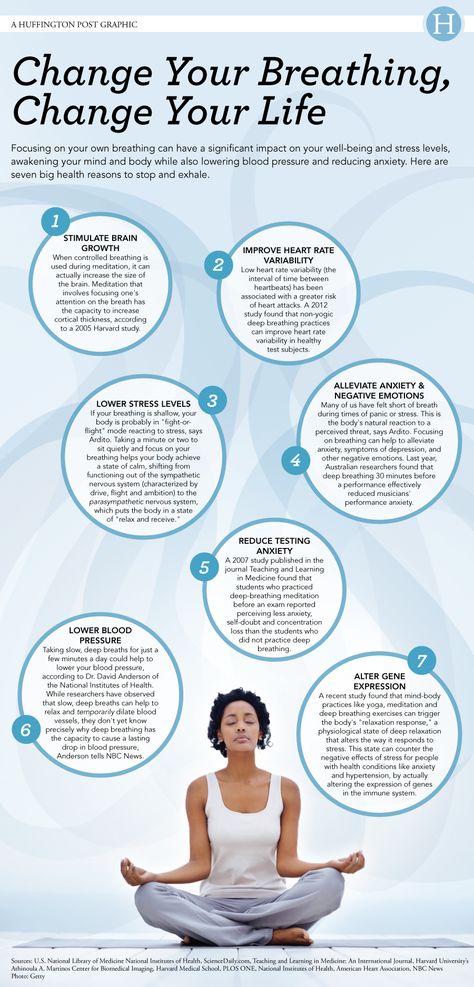
Specialist:
Zvontsova Svetlana Alexandrovna
Ramil
I made an appointment with the doctor Mayorova Svetlana Olegovna. At the reception examined, interviewed and sent for testing. Everything was polite and fast. It can be seen that Svetlana Olegovna has the deepest knowledge in her field and rich experience in working with patients. The clinic also leaves only positive impressions. At the reception, you quickly pass through the registration and go to the waiting room. In the waiting room, there are soft chairs and music playing, tea and coffee are offered.
Specialist:
Mayorova Svetlana Olegovna
Anonymous
An excellent doctor, competent treatment helped to restore the work of the heart and blood pressure in order to prepare for the operation and transfer it.
Thanks Oleg Viktorovich.
Prodoctors
I have never met a better diagnostician. Olga Vladimirovna fulfills her duties with all responsibility. When I came to her for examination, there was excitement and distrust, but in the course of communication and diagnostics, it dissipated. I saw in front of me a professional who cares about his patients. She comprehensively studies the problem and gives clear explanations and decoding. I rate her work with the highest score, I want such doctors to meet as often as possible. Then it will not be scary to go to hospitals.
Specialist:
Teslya Olga Vladimirovna
See more reviews
Make an appointment
St.
